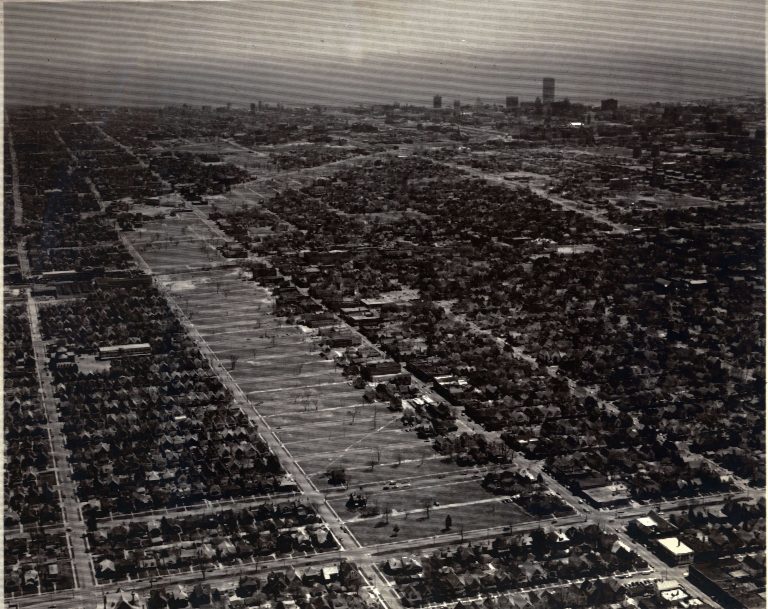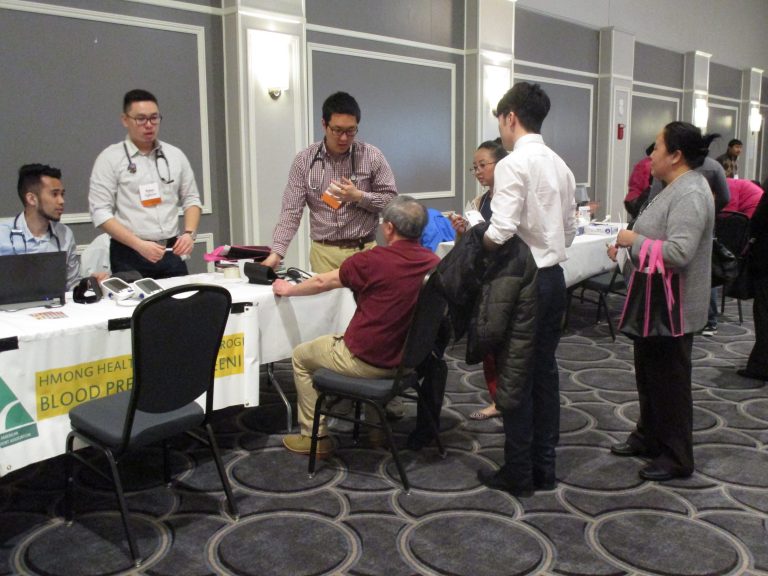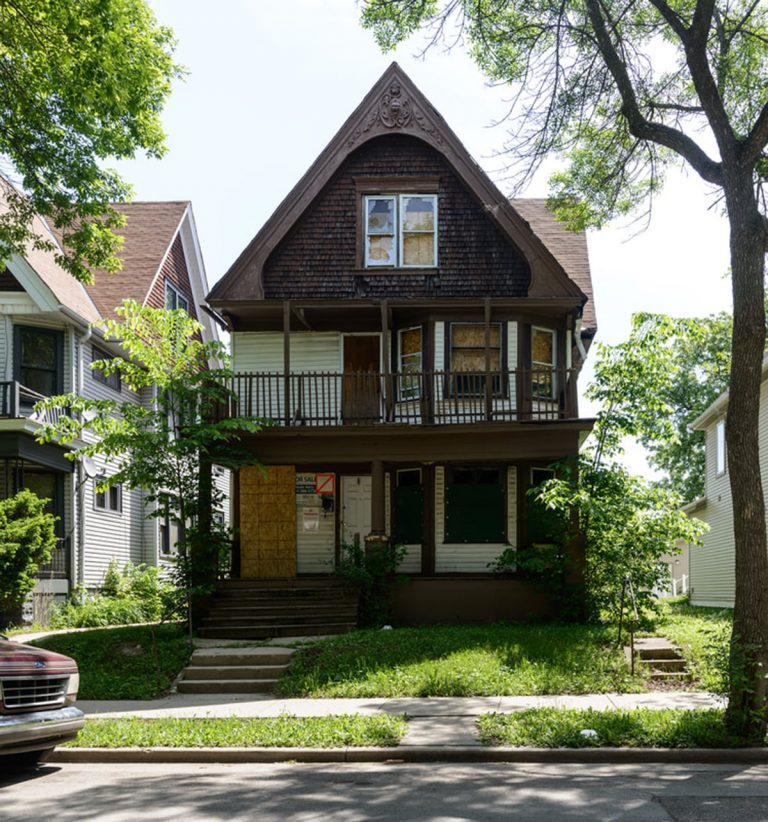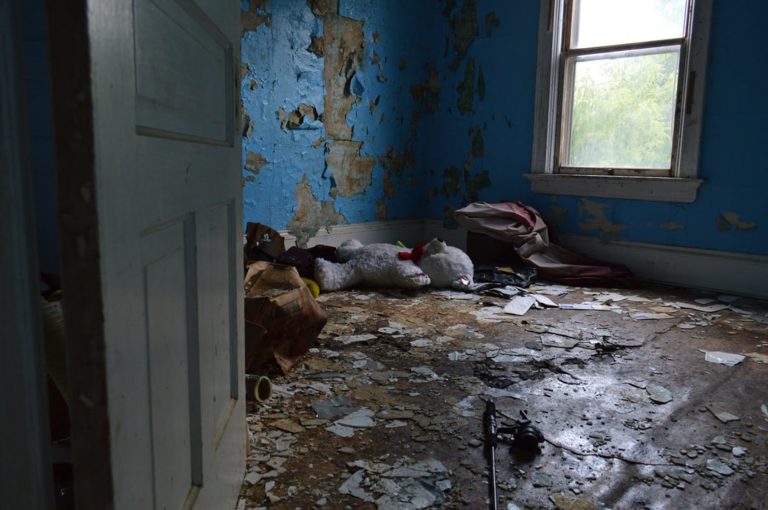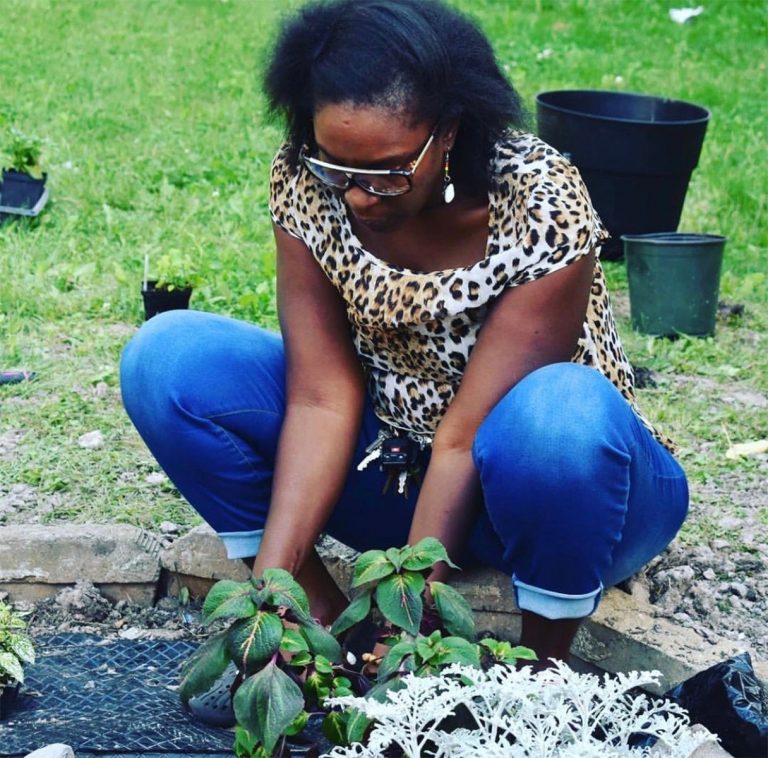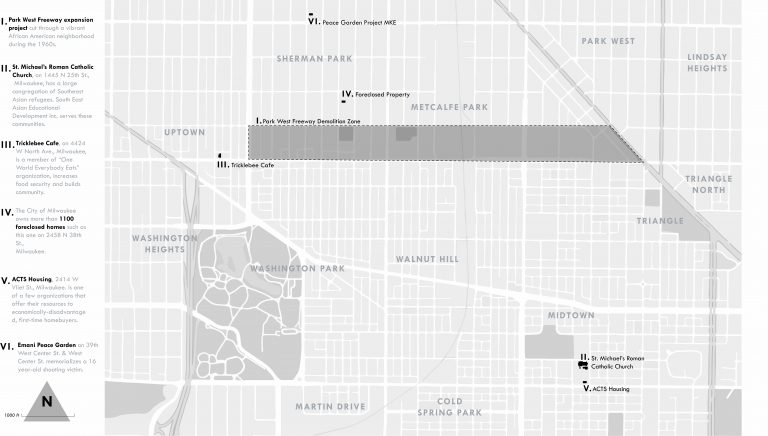The Problem
Milwaukee’s Northside is segregated and disenfranchised. Mainstream media and city government officials focus on crime, poverty, and blight, making residents of Northside neighborhoods appear as hapless victims. However, this area is racially, economically, and culturally diverse.
The Roots
After the 1930s, redlining and unjust real estate financing destroyed residential neighborhoods. Between the mid 1960s and the early 1980s, urban renewal razed cultural institutions and community spaces; Government-sponsored divestment and policing reproduced a form of environmental injustice. By the 1980s, industrial jobs disappeared, and African American and working-class residents found themselves trapped in segregated neighborhoods with substandard living conditions.
The Solutions
Local community activists address health, housing, transit, criminal, and food justice issues via urban agriculture projects, reuse of boarded-up homes, and community block-watches. This exhibit documents how small, localized acts of caring and empathy can inspire social action and civic change.
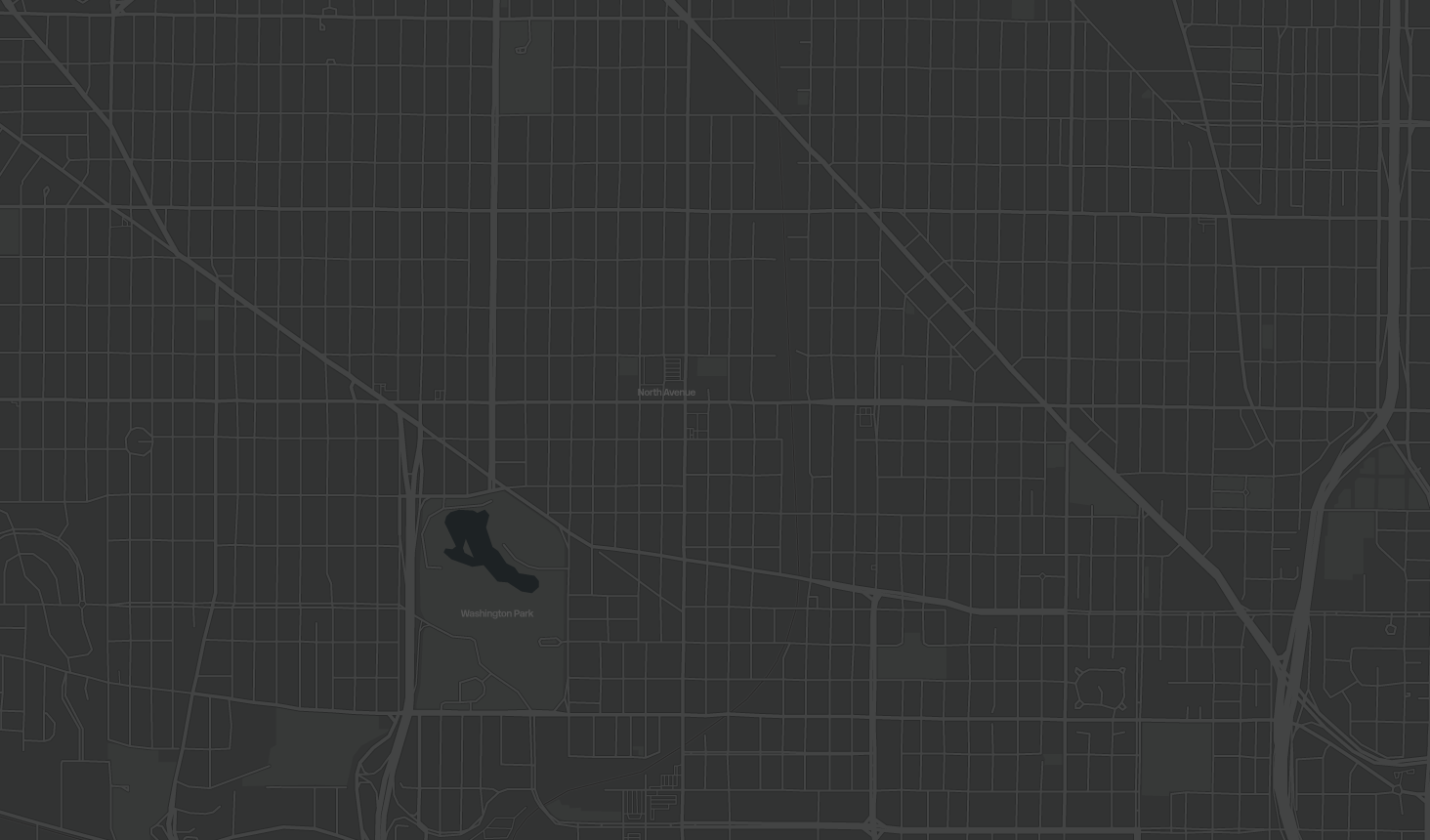
Our Point of View
University of Wisconsin-MilwaukeeAs students, we brought diverse backgrounds and disciplines to look at Milwaukee’s Northside. To untangle a history of discriminatory practices that created this segregated and blighted neighborhood, we spent time in the area examining contemporary conditions. Our community partners helped us understand that the conditions in their neighborhoods were products of a long history of environmental injustice. They explained to us that they actively resist inequality on a daily basis and try to make their world a better place. We realized that, despite government apathy, residents of Northside have always been active agents of change.
Peace Garden Project MKECamille Mays: Community Activist, Founder of Peace Gardens Project MKE. Mays believes change begins with individual actions. She works to inspire positive action among her neighbors.
Reggie Jackson: Public Historian, Head Griot for America’s Black Holocaust Museum. Jackson addresses the hidden history of present-day segregation and works to inspire the public to acknowledge how policies from the past still affect the city today.
Mayhoua Moua: Executive Director of Milwaukee Consortium for Hmong Health (former Executive Director of Southeast Asian Educational Development Inc.). Moua helps Southeast Asian refugees adjust to life in Milwaukee and find access to health care, education, and employment.
Projects
Contributors
University Partners
University of Wisconsin-Milwaukee
Faculty Project Director
Arijit Sen
Students, Fall and Spring Courses
Maysam Abdeljaber
Nathan Berg
Bella Biwer
Goncalo Nuno Franco Borges
Destiny Brady
Jeremy Campbell
Teonna Cooksey
Armand Gamboa
Maria Gutierrez
Dan Handel
Benjamin Hofstetter
Katherine Kocisky
Jonathan Koenemann
Nicholas York Lee
Kelly Marie O'Brien
Ayodeji Oladipo Obayomi
Preston Pape
Cariah Ramsey
Tejaswi Pooja Garla Reddy
Kathryn Nicole Reuter
Jesse Rhodes
Rebecca Allyson Schnabel
Jessica Lyn Sherlock
Erica Lyn Shrader
Autumn Thompson
Matthew Isaac Torres
Kostyn Tyksinski
Rebecca Waters
Chelsea Wait
Gabriel Peter Yeager
Mallory Zink
Community Partners
Peace Garden Project MKE
Camille Mays




